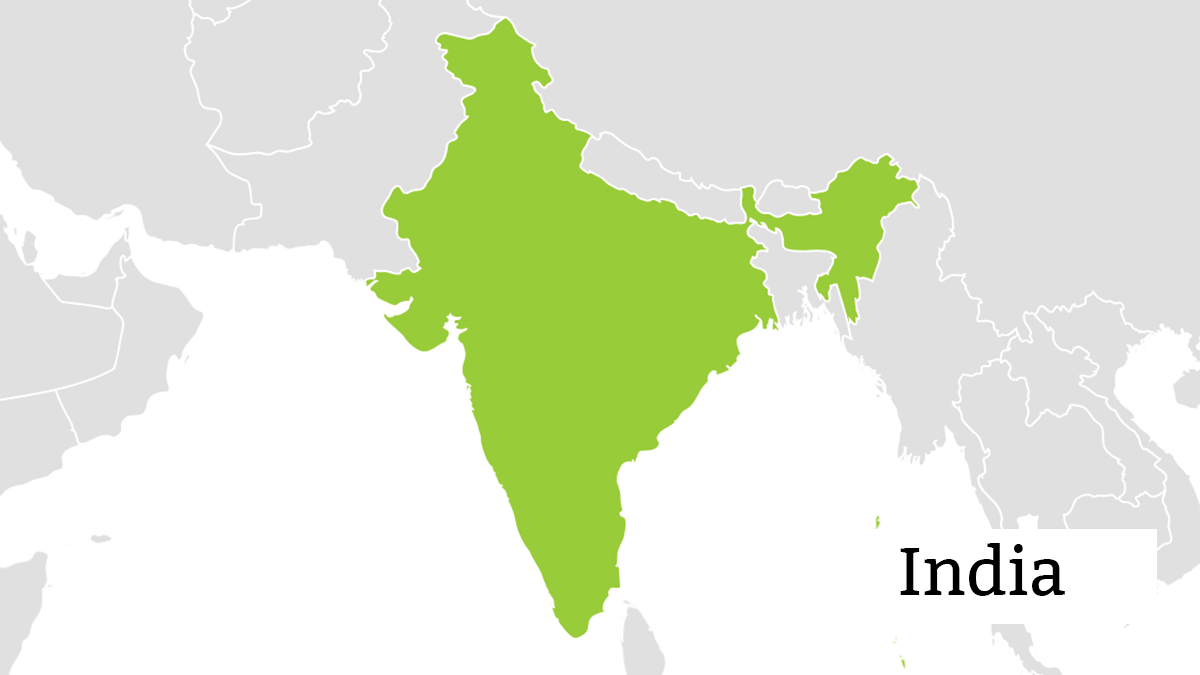
In India, participatory processes are an integral component for the regulator to develop the telecommunications sector and ensure that actions respond to the needs of all citizens.
The Indian telecommunications market is one of the oldest in the world and like many major economies, undertook a process of sectoral reform and liberalisation beginning with the introduction of the National Telecom Policy (NTP) in 1994. A key component of this policy was to make telecommunications services available to every Indian citizen at a reasonable cost, with a high quality of service. Prior to the introduction of this policy, telephone penetration was estimated to be just 0.8 for every 100 people, placing India far behind China’s telecommunications progress at the time.
After the introduction of the NTP in 1994, the government issued eight licenses for mobile network operators to deliver services, two for each major city. The following year, further licenses were issued through a competitive bidding process, enabling multiple private sector players to enter the market. By this time, with the increased liberalization of the telecommunications market, the government moved to limit its own role in directly setting tariffs and making policies for the sector by creating the Telecom Regulatory Authority of India (TRAI) via the TRAI Act of 1997. With the government providing the regulator’s funding and having the power to issue binding directions, the TRAI was not completely independent. However, with the TRAI (Amendment) Act 2000, India separated the TRAI’s regulatory functions from its responsibilities related to resolving sector disputes and hearing appeals in the telecommunications sector to help benefit the interests of consumers and private sector service providers.
The TRAI’s mandate is to simultaneously serve and protect the needs of consumers while working to ensure the telecommunications market has the conditions it needs to promote India’s transformation into an information society leader. To do this, the regulator has worked to give all interested stakeholders the opportunity to feed into decision making and have their voices heard in the development of the telecommunications sector. The regulator adopted several participatory approaches to support this aim for inclusivity.
The first major step the TRAI took to help make its work inclusive to all Indian citizens was to issue a regulation in 2001 that enabled NGOs and other organisations concerned with consumer protection to register with the TRAI. While registering is not required to engage with the TRAI’s work, organisations that are registered receive invitations to open forums throughout India to discuss telecoms issues. The TRAI holds bi-annual meetings with these groups across the country to enhance its understanding of challenges faced by consumers.
As part of its engagement process, the TRAI develops consultation papers that share best practices in telecommunications regulation from other countries. By inviting written or digital comment on these papers from the general public, NGOs, and other civil society organisations, the TRAI gets feedback about how consumers view regulatory action and uses this to help guide its decision making. In a bid to implement two-way communication processes, NGOs and consumer organisations are also able to share data with TRAI about how the people they represent perceive telecommunication services and related issues.
The formal consultation process adopted by the TRAI has four phases:
- The development of the consultation paper.
- Publication of the consultation paper on TRAI’s website followed by a period of consultation on the topics covered by the paper.
- Open-house meetings where people can exchange their perspectives on the consultation paper in person.
- Disagreements raised during the consultation phase are resolved, and further consultation papers may be developed as a result of these discussions.
A second participatory component of the TRAI’s work is the publishing of explanatory memorandums with every regulation or order it makes. This is done so that, even if a member of the public disagrees with the action that has been taken, they can read and interpret the regulator’s rationale for the approach taken. This may lead to further debate, which is welcomed and encouraged by TRAI.
Further participatory approaches taken by TRAI include that in 2005, all of the telecommunications service providers in India, with the TRAI’s support, adopted a common charter that was developed in collaboration with the public. This charter is meant to guide private sector activities and help ensure that services are helping to meet consumers’ needs. The TRAI also advanced the participatory nature of its work by establishing of the Telecommunication Consumers Education and Protection Fund in 2007. This fund is supported by any excess amounts consumers pay to service providers, and the funds are used to help citizens understand how the TRAI works to protect their interests, to support research on consumer protection in the sector, and for the organisation of in-person events related to the welfare and education of consumers.
This package of participatory action adopted by TRAI has helped the regulator become recognised as a leader in promoting and protecting the interests of its citizens. After analyses showed that 11 states in India had no NGOs or other consumer-facing groups registered with TRAI, the regulator amended its approach to make representation possible for groups everywhere in the country. Now, nearly 60 consumer organisations have registered with TRAI since 2001. Its consumer focus, along with increased competition and investment in the sector, has helped the TRAI realise exponential telecommunications sector growth. In 1997, teledensity in India was 2% and within 20 years this figure had skyrocketed to just under 90% with over one billion mobile subscribers. Although consumer satisfaction varies widely depending on the service provider, the TRAI continues to champion citizen interests in order to deliver improvements and continue the upward trend in telecommunications adoption and use.
Suggested Citation: Alliance for Affordable Internet (2019). “India: Encouraging public participation in telecoms regulation.” Good Practices Database. Washington DC: Web Foundation.
